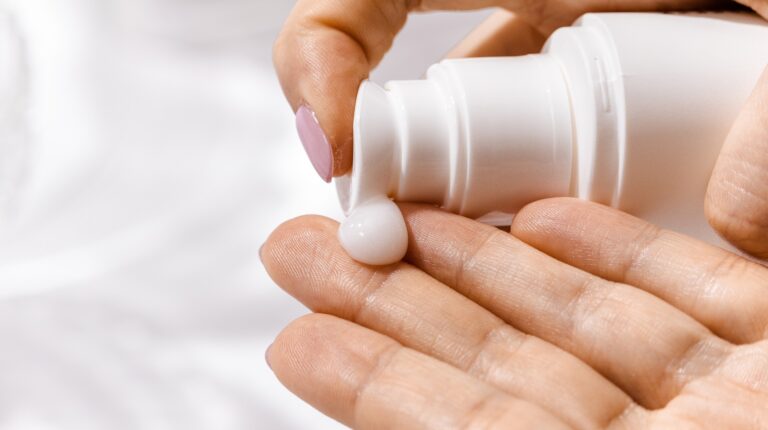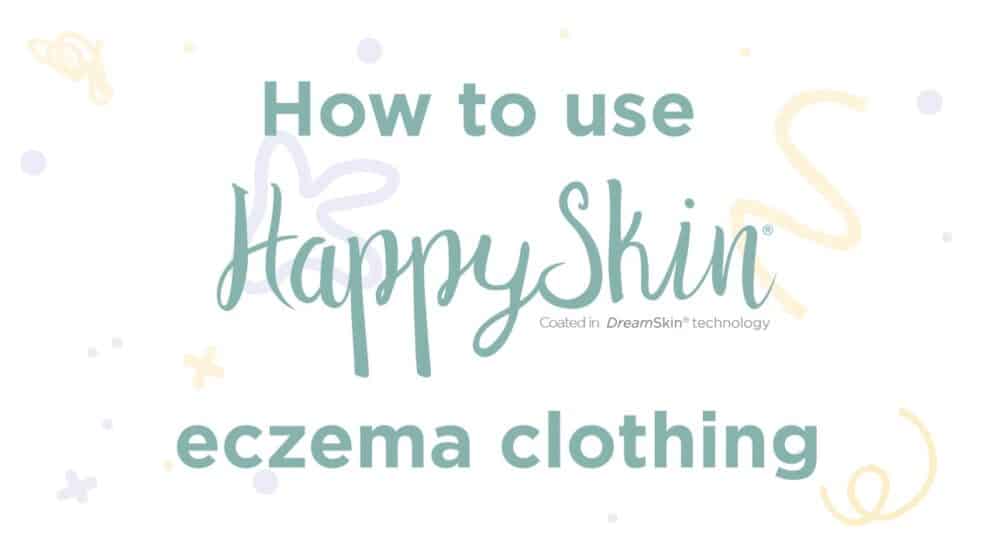When searching for the best eczema treatment for your child, the main aims are to control the itching, heal the skin and prevent flare-ups & infections. Regardless of whether the atopic dermatitis in question is present every day or your little one only experiences eczema from time to time, it's something that needs to be managed.
The question is - how? There's a range of possible treatments you may be presented with by your GP or dermatologist on your quest for a solution, each with its own benefits - something we look at in a bit more detail here.
Which is The Best Eczema Treatment
You’ll find a multitude of options available online, so it can be tricky to identify the best dermatitis treatment for your needs. Knowing the right path to take relies upon understanding what each option does.
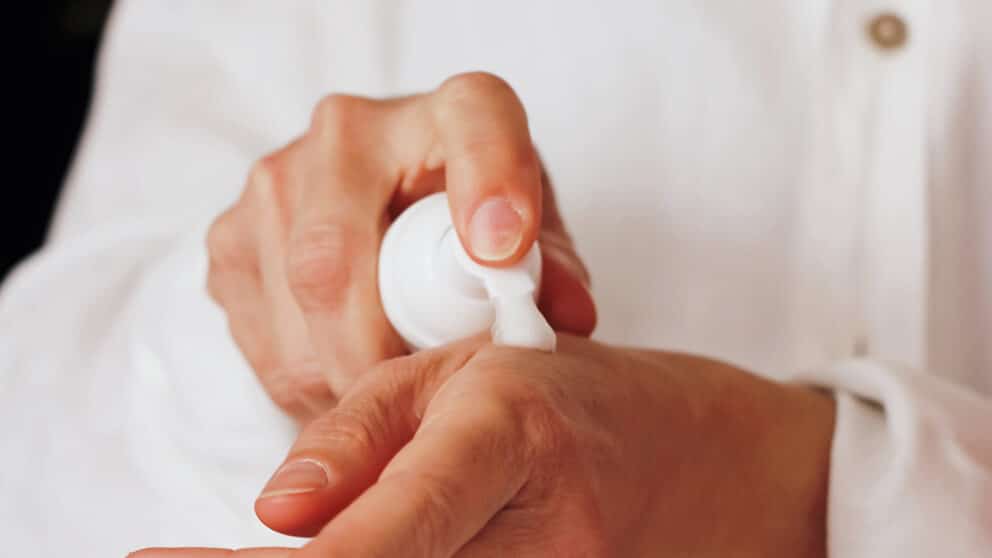
Emollient/Barrier Creams
Visit your GP for your child’s eczema, and you’ll almost certainly be prescribed emollient or barrier creams that are designed to trap in moisture and provide a protective shield against the outside world. E45 is a popular over-the-counter version that’s available for mild to moderate types of eczema.
Pros: Provides a soothing action
Cons: Only treats the symptoms, meaning relief is temporary
Barrier creams like this can provide some relief for your child’s eczema, but it’s often short-lived and only addresses the symptoms, not the cause.
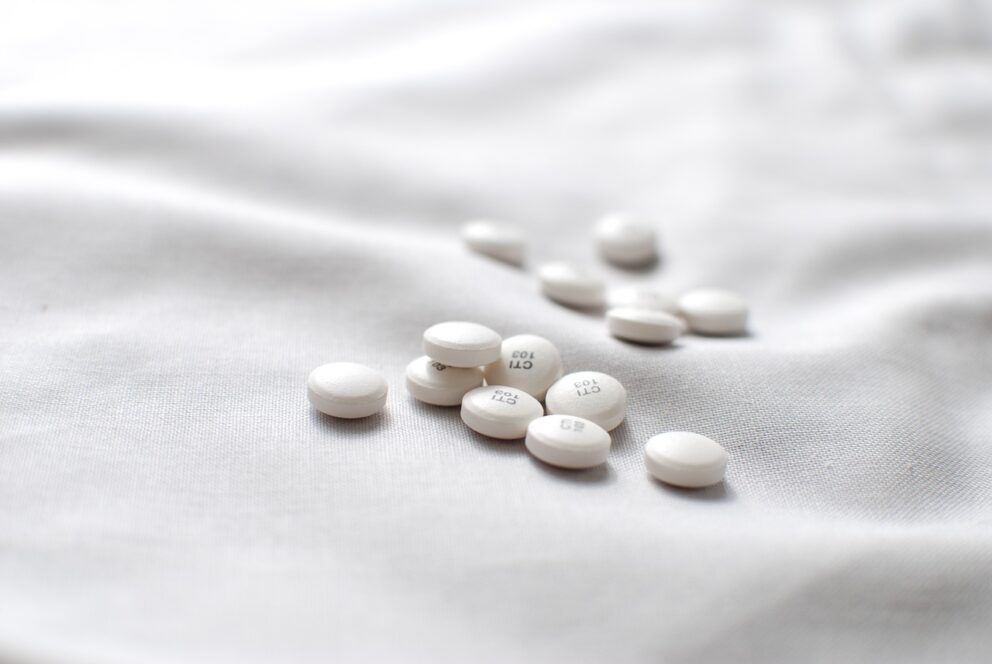
Antihistamines
For some people, atopic dermatitis is caused by an allergic reaction to an external factor, such as pollen, the weather or even everyday household products. That’s why some see antihistamines as the best dermatitis treatment – at least for the short term.
Pros: Can help reduce skin irritation caused by allergies
Cons: Only treats the allergy, not the eczema.
While antihistamines can be effective in reducing allergic irritation – that’s all they can do. Products like cetirizine are for the treatment of allergies and nothing else, so if your child’s eczema isn’t allergy-related, it’s not going to do much.
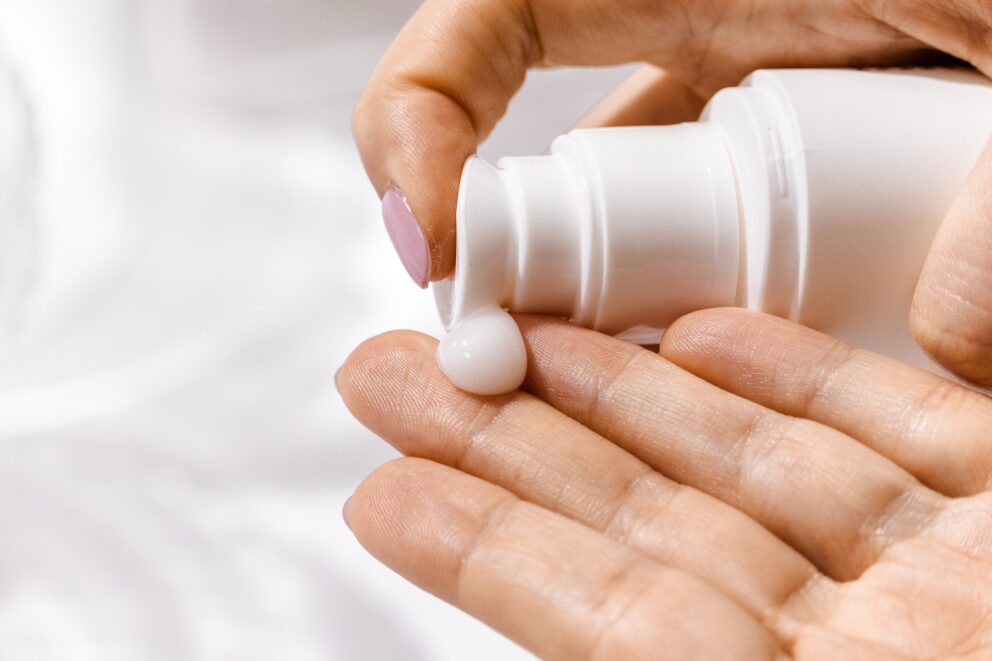
Corticosteroids
When your child’s eczema is not responding well to barrier creams, often the next option that’s taken is the prescription of corticosteroid cream. Created to reduce inflammation by suppressing the immune system, they can be very effective at improving the skin.
Pros: short-term improvements can be significant
Cons: Can only be used for 1-2 weeks at maximum
The often significant improvements provided by corticosteroid creams might lead you to believe that it represents the best dermatitis treatment . However, it’s a medication that can only be used for a maximum of 1-2 weeks, or you risk withdrawal symptoms that can be worse than the eczema itself.

Phototherapy
Using ultraviolet (UV) rays on the skin in the form of phototherapy is another known method of treating eczema, as well as psoriasis and vitiligo. Again effective due to its ability to suppress an overactive immune system, it’s proven to alleviate eczema symptoms.
Pros: can help eczema with 2-5 sessions a week
Cons: Can be expensive & may age the skin
This can be an effective option but is it the best dermatitis treatment available? Perhaps not, as it can lead to the skin becoming damaged – as it would when exposed to direct sunlight. As such, its use is quite limited.
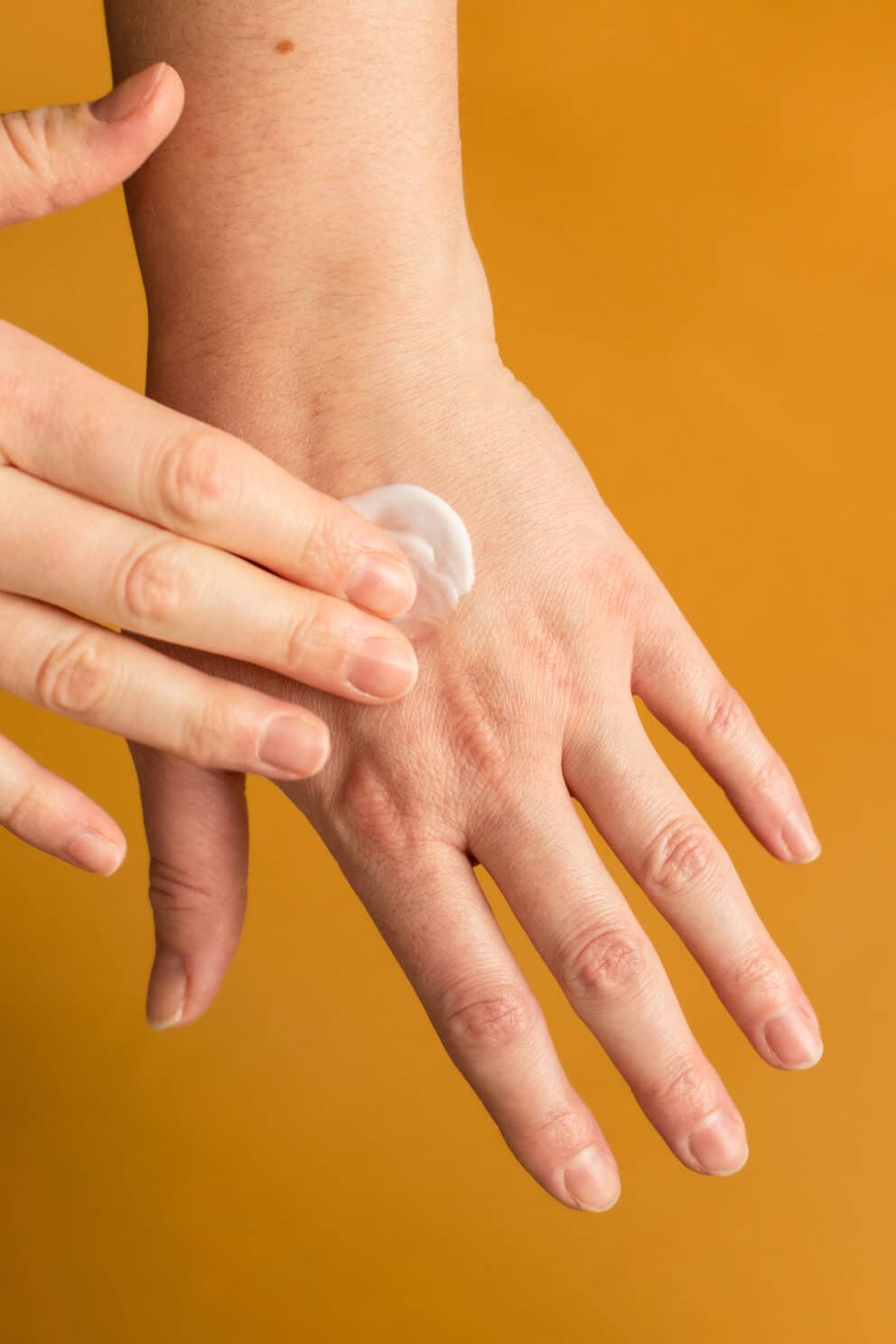
Topical Pimecrolimus
Another commonly used treatment for eczema is topical pimecrolimus cream which serves to reduce inflammation while also calming irritation and redness. It is proven to be effective at minimising the symptoms, although no proactive healing is provided.
Pros: Can be effective when used regularly
Cons: Comes with a range of side-effects
This can’t be called the best eczema treatment, particularly as it’s not recommended for use with children under the age of 2 years. Also, it comes with a list of side effects that have to be considered before deciding whether the benefits outweigh the drawbacks.
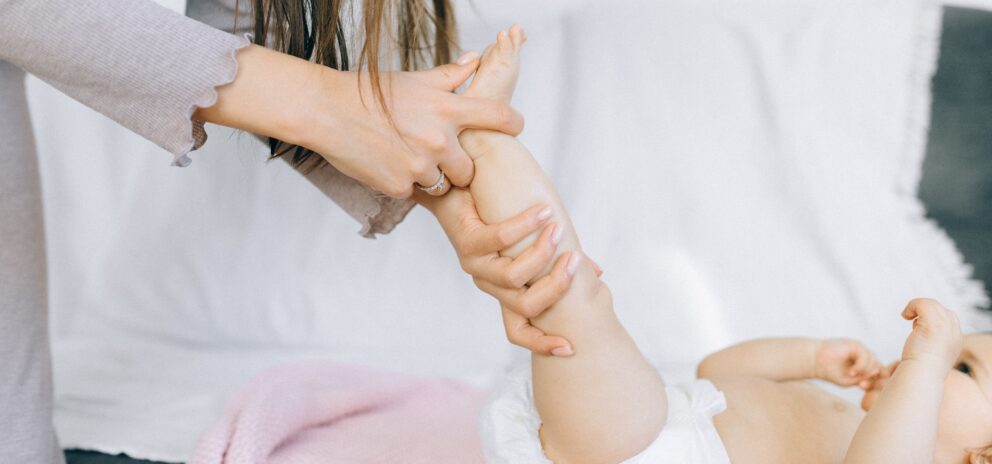
Regular Home Care
Some parents choose to take a traditional route of home-care remedies in order to alleviate their child’s ongoing eczema. This includes bathing in warm (not hot) water, as well as application of fragrance-free moisturisers on a daily basis.
Pros: May be effective for mild eczema
Cons: Not enough for moderate-severe eczema
If your child has mild eczema, this may be sufficient, but the more severe it gets, the less likely it is that this approach will yield results. Also, over-bathing/washing can cause the skin to dry out and moisturisers often only mask the problem rather than improve things.
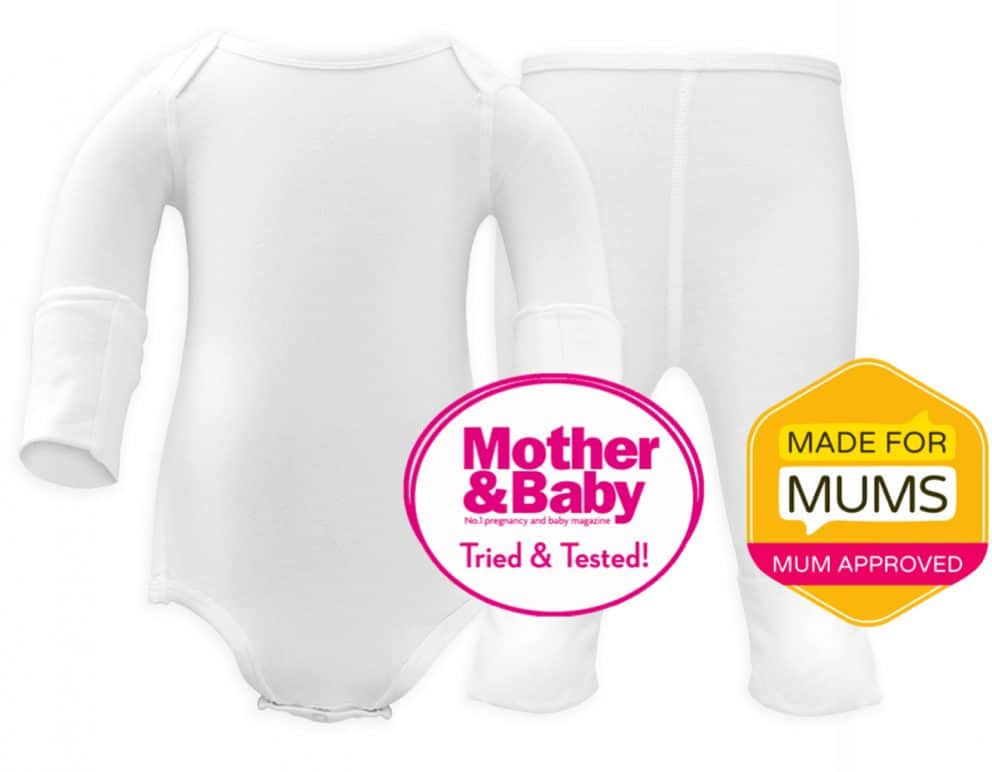
Ezcema Baby Clothing
HappySkin eczema clothing approaches the problem of childhood eczema in a different way from all the treatments listed above – it addresses the cause. Regular users view it as the best dermatitis treatment for their child for a number of reasons.
Manufactured from super-soft TENCEL/Cotton, HappySkin body suits and sleep suits are gentle to the skin, with its DreamSkin coating proven to stimulate the subdermal skin receptors that become dormant when eczema develops.
Pros: Treats eczema, not the symptoms
Allows the skin to once again regulate moisture levels
Offers ongoing support that leads to healing
HappySkin garments are unlike any other eczema treatment on the market, as they allow the skin’s natural sweat function to be restored. This allows for self-regulation of temperature and a gradual yet profound improvement in your child’s skin health.
Worn next to the skin as underclothes every day, HappySkin baby clothing works to make your child comfortable and relaxed again. Childhood eczema can cause misery, however, HappySkin garments offer the gentlest and best eczema treatment around.
Shop NowHappySkin - an Evolution in Eczema Treatment
As we can see, HappySkin garments are the only treatment for eczema that allows your child’s skin to make a meaningful recovery. All other options serve only to control, limit or delay the symptoms of atopic dermatitis when they occur.
So, if you’d like to know more about why more and more parents see HappySkin garments as the best dermatitis treatment on the market, follow the link below, where you’ll discover everything you need to know about this evolution in eczema treatment.
Free Eczema Skin Care Guide
HappySkin has created a helpful baby eczema skin care routine guide that answers most parents’ common questions.
You will find topics on:
✔️Eczema care routine
✔️Baby eczema bath routine
✔️How to wash eczema skin
✔️Eczema face wash routine
Download Eczema Skin Care GuideSKIN EXPERT CONSULTATION
Eczema is a long-term condition which causes the skin to become dry, red, itchy, and cracked. It is most common in children and may improve over time. For further reading on newborn eczema treatments, click here. To seek a one off consultation, please follow the guide below.
The most common form of eczema is atopic eczema, which can affect any part of the body but is often found inside the elbows, knees, on the neck, hands, cheeks, and scalp.
If traditional medication is not working or you need just need some advice on how to get the best out of your HappySkin garments, please arrange an appointment with one of our skin experts, who will explain just how the skin works and how to treat their eczema flare up by dealing with the root cause of the problem rather than treating the symptoms.
Please take a few minutes to answer the following questions to ensure you get the maximum benefit from the consultation.
Questions for consultation
- How old is your child
- Where is the eczema located
- What medication are you currently using?
- Have you started using HappySkin yet?
- Do you know what causes your child’s eczema to flare up?
Cost for consultation for new customers is just £15 and is fully redeemable against your next HappySkin purchase.
*Existing HappySkin customers have free and unlimited access to our skin experts*
Sign up to Happy Club
To get the latest news, promotions, and discounts first, please join our mailing list.
Simply enter your email below!
